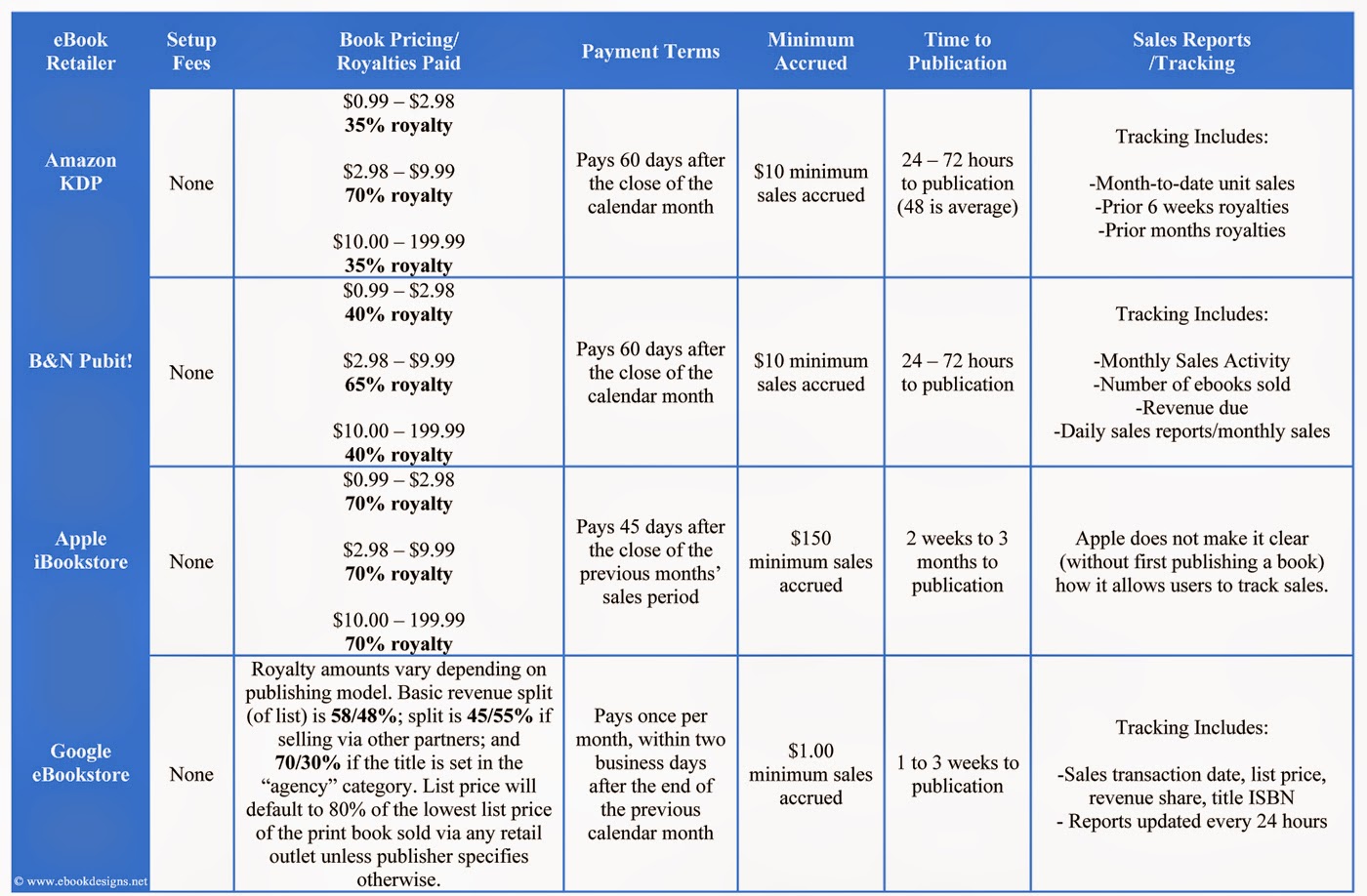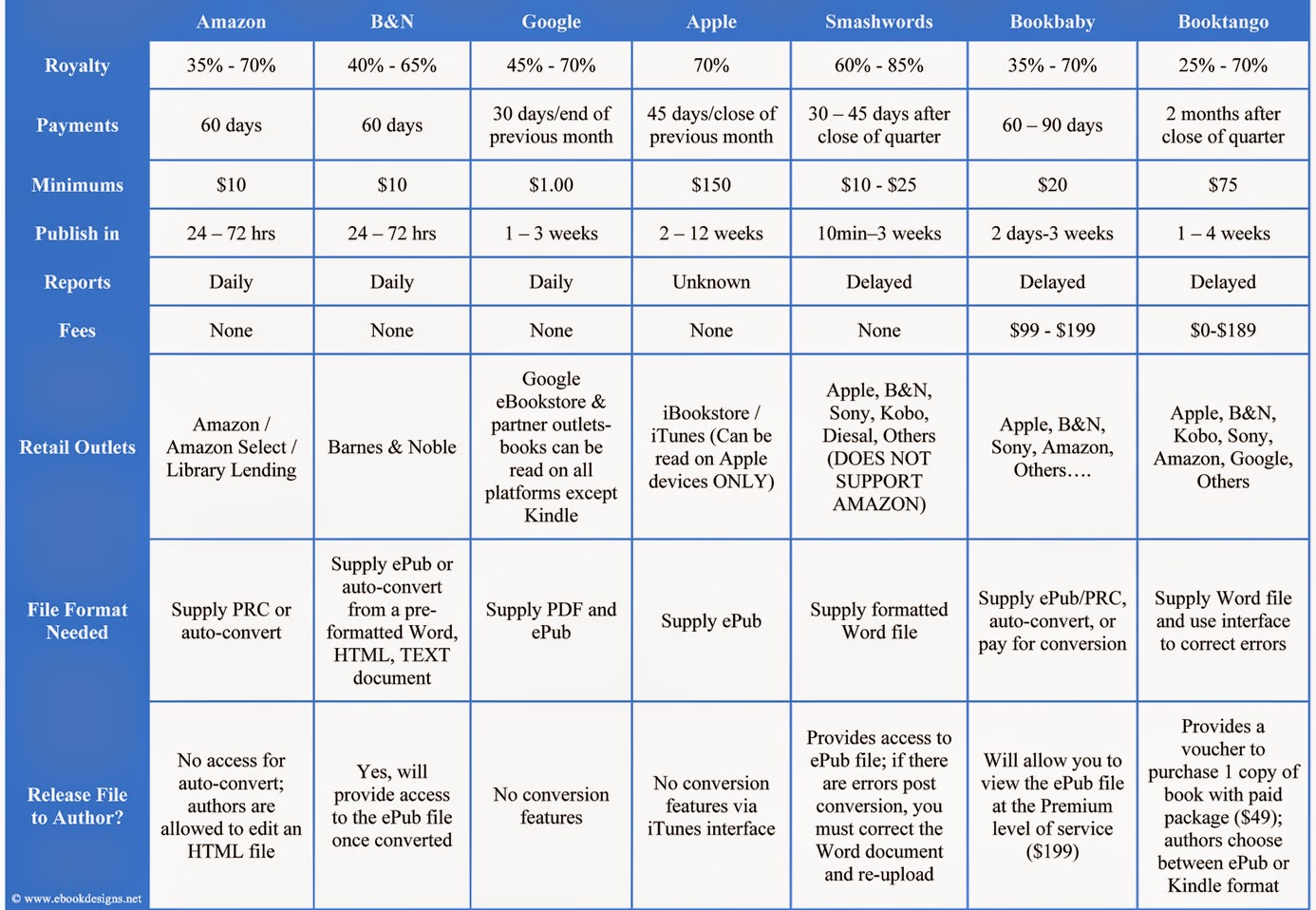iTunes, unlike Amazon, doesn’t seem to be a walled garden. But there are hurdles which they put in place to keep indie authors out.
Here’s some solutions to the problem.
 |
| (photocredit: Kyle MacDonald) |
This began for me when Lulu decided to quit sending public domain (PD) and public-licensed rights (PLR) books in their distribution. They still accept the books themselves, but won’t pass them along.
I’ve used Lulu for years, because they are the most inexpensive of all the aggregators – and are generally ahead of the curve, plus easy to use. (They began by publishing hardcopy books and PDFs.) Smashwords has been around longer, but their “meatgrinder” is difficult to get used to (need a custom template) and also they simply do not accept PD and PLR books.
Long ago, I realized that the greatest works in the self-help genre had already been written and marketed. But many of these had gone out of print, and also were poorly represented as ebooks. Geniuses of earlier ages were going unrepresented today.
The problem with our digital age is that the relative ease of republishing books makes for a flood of public domain books coming back into the market, some poorly edited, most just floated into existence. They’re seemingly everywhere. You can even find them as apps in both iTunes and GooglePlay.
So there is a ready reticence of the major distributors to carry PD books. What they are doing is either rejecting them outright, or only paying the minimal royalties to keep the barriers up to spammy get-rich-quick self-publishing wannabe’s.
This doesn’t mean they aren’t profitable. Figuring that you can edit, re-cover, and write descriptions for a public domain work in less than a week, while it took the original author often months or years to write it – so getting only 20% (Kobo) or 35% (Amazon, Nook) royalty still seems fair. Many of these books still sell well, even though there are many copies of them out there. Your book will sell the same as if you wrote it – it will depend on the cover, title, description, and price (maybe the preview, and maybe reviews). The advantage is that they’ve already been marketed for as much as a century before. That long-dead author doesn’t care. Your bank account will be more appreciative…
Lulu put a crimp in my business plan
The problem with getting books into iTunes that you have to own a MAC (newer than about 2006) in order to self-publish. Otherwise, you’re needing to have a aggregator do this for you.
Lulu has long been my aggregator of choice, since whey were easier to use and also would be the go-between for some of that anal arcane rejections which would come from iTunes and Nook. However, Lulu has continued to work on their interface so that it will only accept passing content and titles. It’s also much easier to revise your works.
When they expanded their distribution to Amazon and Kobo, this made it even better, since for 1/10th of your royalty, they could send your book everywhere. Unfortunately, they started refusing PD and PLR books, which created a big hole in my business plan.
Like Amazon and Nook, it’s not that they won’t accept PD, it’s just that it has to be handled differently. Every distributor has a different policy. (GooglePlay simply doesn’t care, but never gives more than 52% royalty regardless.)
iTunes has been a major income source for my PD and PLR books, so cutting me out of that left me to research how I could anyway. You see, I don’t think iTunes has changed its policies. But I can’t tell until I start publishing their directly.
Why it’s cheaper to do it yourself – a review of aggregators
Research yesterday found that the alternatives to Lulu are still way more expensive than they need to be.
iTunes has some “recommended aggregators” which can post to iTunes. (Lulu isn’t on this list, so there are probably others as well.
I ran into some outrageous expenses when researching these.
(There’s a nice set of charts at ebookdesigns.net, mostly still accurate – see their graphics below)
What the major distributors pay
 |
| (click to enlarge) |
You can see the overview. Roughly, they are the same for original works. PD, as I mentioned, gets you the lowest they can get away with.
Not mentioned are smaller outlets like Leanpub, which gives you 90% minus 50 cents for their costs. Drawback is their small userbase, upside is they allow you to bundle books, make packages, and let readers set the price they want to pay (above your minimum.)
What the major aggregators cost
 |
| (click to enlarge) |
Lulu – 10% of your royalties. Free conversion. No other required costs, unless you ask for help.
Smashwords – 15% of your net royalties. Free conversion.
Bookbaby – 15% of royalties if you present a print-ready epub. Packages for conversions.
Booktango is deceptive about costs. If it sells other than on their site, they take 30% of your royalties. (Ouch.)
InScribe – costs per book, plus a split of the royalties (which isn’t clear on their site.) You’ll also need to have a minimum of five books to publish.
DIY vs. Aggregators (per ebookdesigns.com)
In general, if you know how to format your own epub, doing it yourself will give you the best returns. Some of these sites require ISBNs, others not. None of the major distributors now require them. However, you are able to easily craft search-links for your book with this unique identifier (except on Amazon). Lulu requires them, but gives them away for free.
The other advantage with Lulu and Smashwords is that they collect the royalties for you, as all the distributors have different schedules. Nook and iTunes are probably the worst (see chart). Lulu will pay monthly by PayPal or quarterly by check. Smashwords only pays quarterly. GooglePlay and Amazon direct deposit monthly.
Overall, publishing directly to five big distributors (Amazon, iTunes, Nook, GooglePlay, Kobo) and two minor ones (Lulu, Leanpub) is probably the way to go if you’re a one-person publishing house. Writers may consider their time worth more.
So what about publishing on iTunes now that Lulu won’t?
Simple answer: Buy a MAC. Their free software runs on OS 10.3, which came out in 2005. Most of the various machines they have (don’t know if you can do this from an iPad, it’s not clear that it can be done, plus typing without a keyboard could quickly become a bottleneck – though bluetooth keyboards are available.)
Most recommended for a low price range ($500 new) would be a new MAC mini – then provide your own mouse, keyboard, monitor, DVD burner. Many of these you’ll already have around in USB versions. This seems much better than their other equipment options as far as price.
You can see that the cost savings you save by self-publishing without aggregators will pay for that machine within a year. Buying used (pawn shop, Craigslist) might get you an even better deal.
[Update: I just did this – bought my own. Found the best value to be a MAC Mini, which has more than enough horsepower even in their low-end version to do what is needed. Then found a discount “open-box” version available via BestBuy. Needs a DVI to VGA adaptor for the old monitor I have hanging around. Since LibreOffice runs on a MAC as well, this might be the practical platform of choice for any self-publishing author. Review upcoming…]
Can public domain publishing earn sufficient income as a business plan?
Three answers, both “yes, but…”
- Your version has to add value and distinguish itself from the other also-rans. A snazzy, eye-catching cover and engaging description is a must. Pricing is something to tweak on a per-book basis. $2.99 – $3.99 are the two main price points which make the best income, with $0.99 being a requisite loss-leader for the first in the series. ($1.99 is a dead zone for some reason, by both Smashword and Kobo surveys.)
- You have to have a deep backbench and strong outside marketing to help discovery.
- You are going to have to serve a niche and cultivate your audience.
Unstated here is that your own personal finances have to be well-managed. This type of publishing won’t make you fantastically rich overnight. You’ll get out of it what you put into it – so expect to hang onto your day job for awhile longer until you establish enough regular passive income to enable you to fire your boss.
Meaning that it’s not an overnight success route. You’ll need several dozen (or dozen-dozen) books, which means assembly-lining the editing production somewhat. It will quickly get prohibitive to hire artists for each cover, so this will turn some GRQ wannabes away on this alone.
Once you do master editing an epub which will pass all scrutiny, then it gets easier and faster for subsequent books. (Leanpub will create your epub as part of using their interface, so that is the logical way to start if you haven’t done these before. Oh – and they also generate the .mobi file for Kindle users, and .pdf for the rest of the digital devices out there.)
If you have an epub file, any iPad owner can buy it and upload it. Same for .mobi files. What we want to see is sales from recommendations on iTunes and Amazon, which will drive more sales than you trying to market from your personal website.
The simple marketing I’m talking about is Search Engine Marketing, so that you provide authoritative content for Google and others. (Here it helps if your book is on GooglePlay…) Essentially, every book has a landing page with links where to buy it, as well as binders and packages. I don’t recommend buying ads. I do recommend sites like Stumbleupon where you can actually buy traffic to your site. If they like it, they’ll recommend it.
Again, it’s how well you can write engaging copy on your own website which will depend on whether search engines will recommend your site and whether it has a chance of going viral.
A possible assembly-line for public domain books
- Get a good epub to start with.
- Convert this to HTML via Calibre.
- Edit this directly (LibreOffice) and check with Sigil, or use Leanpub’s online editor
- Create your own cover (GIMP)
- Create a minimal landing page which the ebook links to.
- Tweak the epub so it passes Amazon’s requirements.
- Upload to Lulu for a title and content check which will pass iTunes and Nook. Get their free ISBN.
- Publish to Amazon directly. (Later come back and publish a hardcopy via Lulu to improve these sales as warranted.)
- Publish via MAC to iTunes
- Publish via Nookpress to B&N.
- Publish to Kobo
- Publish to GooglePlay
- Publish to Leanpub and create binder with the other books in this series. Create any special package for this individual book.
- Rinse, repeat.
Notes: Obviously, this is easier when you do a half-dozen or dozen books at once. A series can have the same landing page, for instance. Using the first cover as a template will give the entire series a similar look and feel. Note that all the programs above are free.
Summary
- Public Domain self-publishing is a profitable business plan if you
a) stick to a niche,
b) make your derivative version unique and add value,
c) work in high volume. - DIY publishing is cheapest if you do it yourself, directly to the distributors, and with search engine marketing for your website.
- PD publishing for profit now means going direct. If you want to be on iTunes, buy a MAC.







